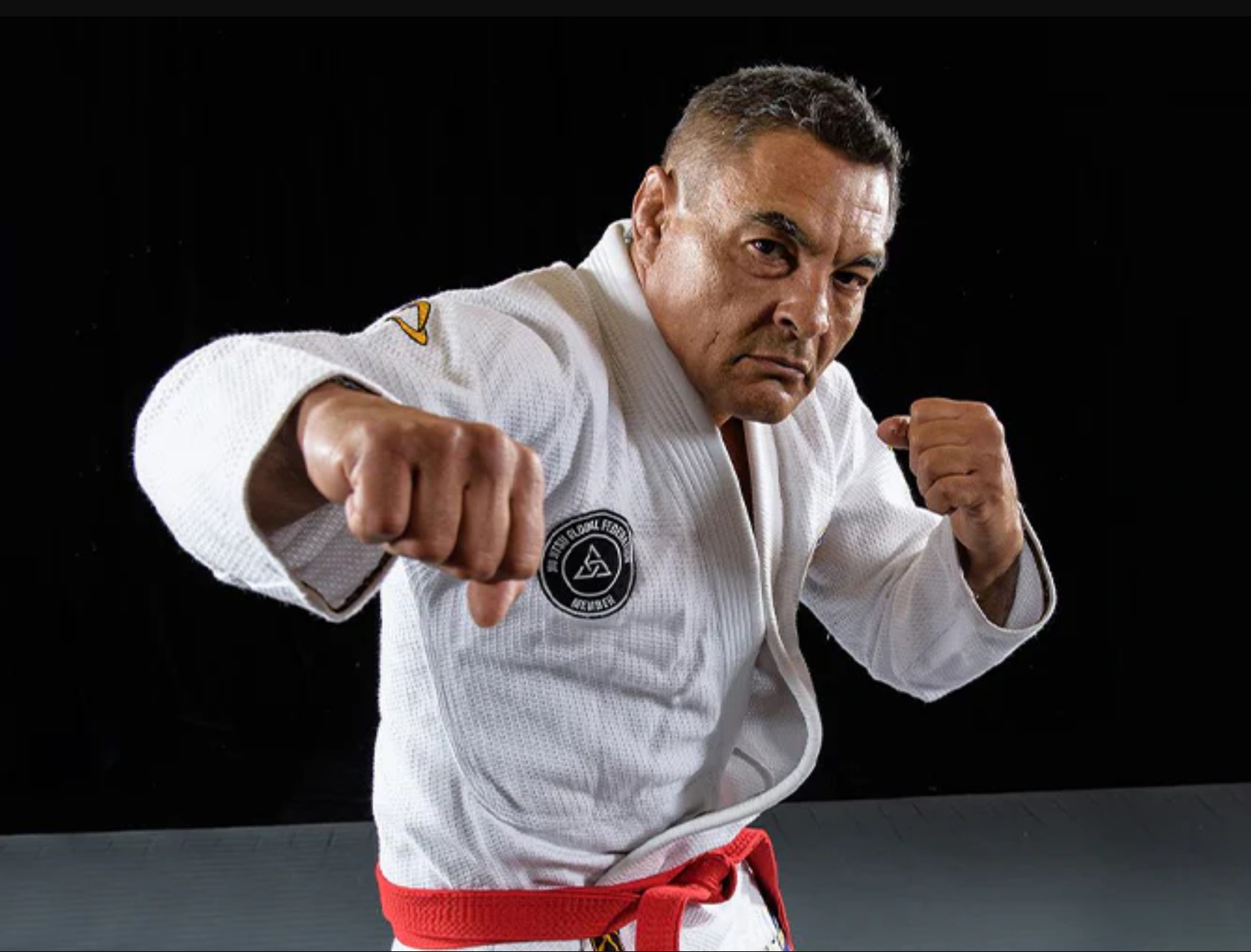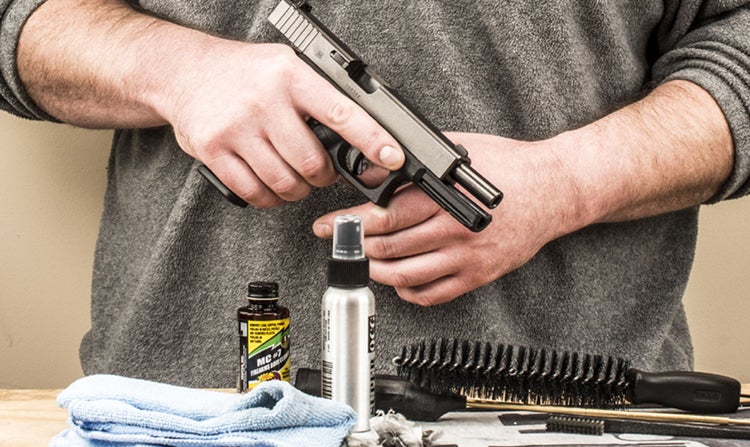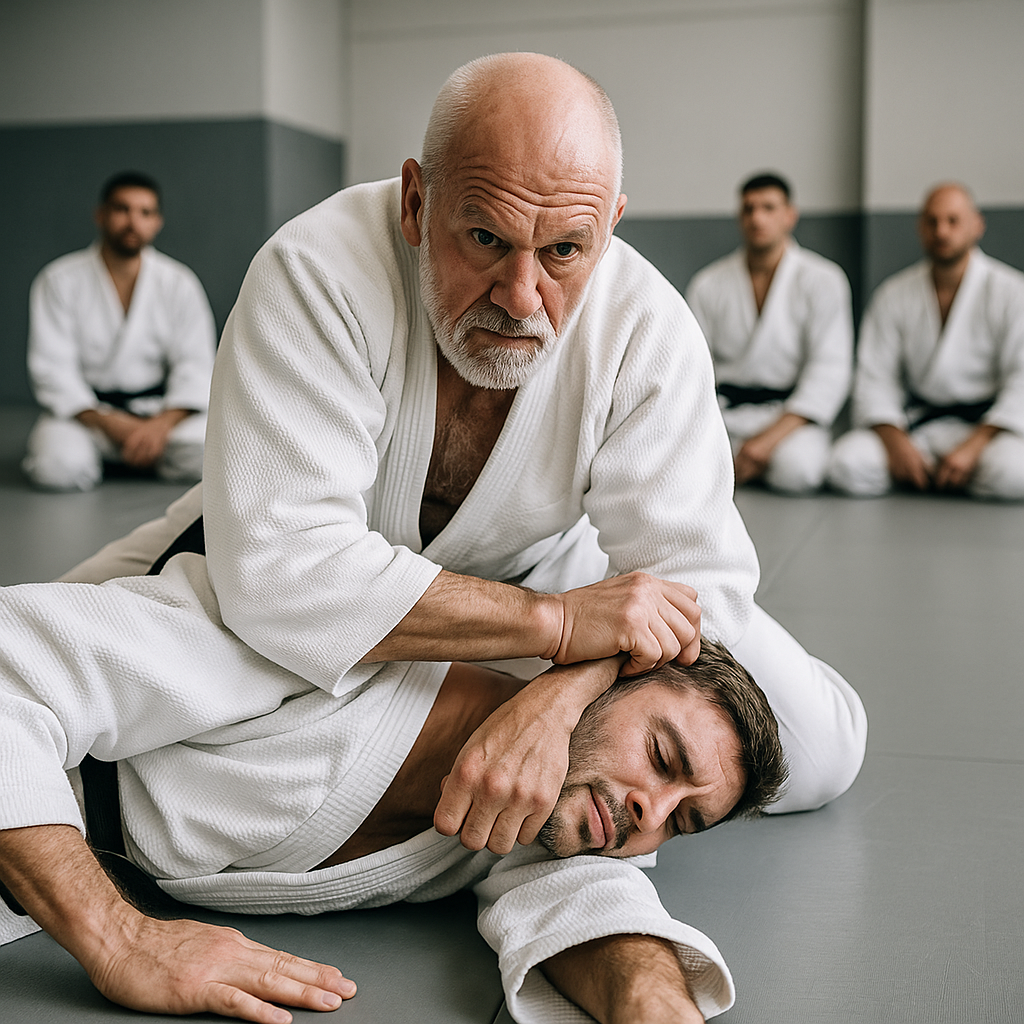Brazilian Jiu-Jitsu for Individuals Over 50: A Black Belt’s Perspective on Ageless Martial Arts
As a Brazilian Jiu-Jitsu (BJJ) Black Belt and practitioner over 50, I’ve experienced firsthand the transformative benefits of this martial art. For many older adults, the idea of practicing BJJ might seem intimidating, but I’m here to tell you it’s not only possible but incredibly rewarding. Whether you’re a seasoned practitioner or a beginner considering BJJ for the first time, the physical, mental, and emotional benefits of this art are invaluable.
Physical Benefits for Older Adults in Brazilian Jiu-Jitsu
1. Enhanced Flexibility and Mobility At 50-plus, flexibility can diminish, making mobility a challenge. However, BJJ training offers consistent, low-impact movements that promote flexibility. I’ve noticed that regular practice has helped me move more freely, not only on the mat but also in everyday life. With time and the right training approach, your joints and muscles adapt to these dynamic movements, improving range of motion.
2. Strength Without Overexertion One of the great things about BJJ is that it doesn’t rely on brute strength. By leveraging technique and using your opponent’s force against them, even those with reduced muscle mass can be effective on the mat. I’ve seen significant strength gains, especially in my core and upper body, which have helped improve my balance and overall conditioning.
3. Longevity Through Injury Prevention At this stage in life, minimizing injury is key to staying active. BJJ emphasizes control, and learning proper technique is vital to reducing injury risk. It’s important to pace yourself, as rushing into intense sparring can be counterproductive. From my own experience, I’ve found that a controlled, technique-based approach makes BJJ a sustainable practice.
Mental and Emotional Benefits of Brazilian Jiu-Jitsu: Staying Sharp after 50
1. Mental Agility and Problem Solving Brazilian Jiu-Jitsu is as much a mental game as it is a physical one. Every roll and sparring session requires problem-solving, often in high-pressure situations. For me, this mental workout keeps the brain sharp, improving focus and cognitive function. It’s like solving puzzles in real-time, helping to keep your mind agile well into older age.
2. Stress Reduction and Emotional Balance Life can be stressful, but BJJ has always been a great outlet for releasing tension. The physical exertion combined with the focus required helps me clear my mind and gain perspective. After a training session, I feel more centered and less burdened by day-to-day stress. This emotional release is essential for maintaining mental health, especially as we age.
Brazilian Jiu-Jitsu a Practical Self-Defense for Older Adults
1. Efficient Self-Defense Skills One of the core teachings of Brazilian Jiujitsu is that a smaller or weaker individual can defend themselves against a larger opponent using leverage and technique. This principle is incredibly empowering as we age and our strength declines. In my own journey, BJJ has provided me with confidence and practical skills to protect myself, regardless of my size or age.
2. Building Confidence and Independence Knowing that you can defend yourself, no matter your age, boosts self-esteem. I’ve seen many older adults, including myself, regain a sense of empowerment through learning BJJ. This confidence carries over into daily life, fostering a stronger sense of independence and security.
Tips for Starting or Continuing BJJ Over 50
1. Choose the Right Academy Finding the right school is crucial for older practitioners. Look for an academy that focuses on technique over competition. Instructors who understand the unique needs of older students will ensure a safer and more fulfilling experience. My own training environment places a high value on teaching students at their own pace, which is vital for longevity in the sport.
2. Focus on Technique Over Intensity As an older practitioner, you don’t need to “win” every roll. Mastering technique allows you to be efficient without relying on speed or power. Personally, I focus on positional control, guard retention, and escapes. These techniques help me navigate sparring sessions with younger, more explosive athletes while conserving energy and avoiding injury.
3. Take It Slow and Listen to Your Body When I started training at an older age, I quickly learned the importance of pacing myself. Recovery takes longer, and overtraining can lead to injury. The key is to train consistently but with moderation. Incorporating yoga and mobility exercises, as well as prioritizing rest, has been essential in my journey.
4. Modify Techniques for Aging Bodies Many traditional BJJ techniques can be modified to reduce strain on aging joints. For example, I often use half-guard and closed-guard techniques that require less explosive movement but still offer effective control and defense. Knowing when to tap, how to protect vulnerable joints, and opting for lower-intensity rolling partners have also been game-changers.
5. Embrace Recovery As I’ve aged, recovery has become just as important as training itself. Stretching, yoga, and adequate hydration are essential for staying injury-free and maintaining flexibility. Using tools like foam rollers and massage guns can help ease soreness and improve circulation, speeding up recovery time.
BJJ is a Lifelong Journey
My continued practice of Brazilian Jiujitsu has shaped and transformed my life in ways I never expected. From improved physical fitness to enhanced mental clarity, BJJ offers a holistic approach to aging gracefully. By focusing on technique, adapting training methods, and prioritizing recovery, older adults can enjoy the countless benefits of BJJ for years to come.
If you’re over 50 and curious about starting—or continuing—your BJJ journey, don’t let age hold you back. With the right mindset and approach, Brazilian Jiujitsu can become a lifelong practice that fosters health, confidence, and resilience.
For further reading and inspiration, check out these resources:
- Why BJJ is Great for Older Adults
- Modifications for Older BJJ Practitioners
- The Mental Benefits of Jiujitsu
Keep moving, keep learning, and most importantly, enjoy the roll!




